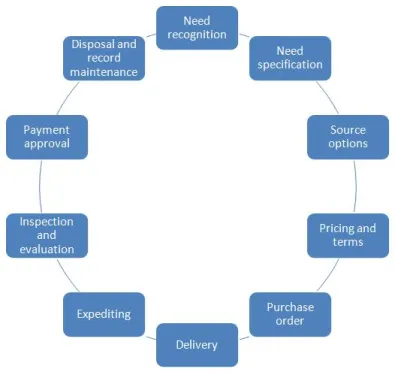Essential Steps in the Employee Exit Process
- donnariekepro
- Jun 25, 2024
- 3 min read
Employee turnover is a natural part of workforce management in any organization. Whether due to resignation, retirement, or termination, the employee exit process plays a crucial role in maintaining operational continuity and ensuring a positive transition for both departing employees and the organization. A well-structured exit process not only mitigates risks but also upholds the employer brand and preserves relationships. Here’s a comprehensive guide to the essential steps in the employee exit process:
1. Resignation Notification
The employee exit process typically begins with the employee submitting a resignation letter or formally notifying their manager or HR department of their intention to leave. This notification initiates the sequence of steps that need to be followed to facilitate a smooth transition.
2. Exit Interview Scheduling
Once the resignation is confirmed, HR schedules an exit interview with the departing employee. The exit interview is a critical component as it provides valuable feedback about the employee experience, reasons for leaving, and insights into organizational strengths and areas for improvement. This information can help HR identify trends and make strategic adjustments to reduce turnover in the future.
3. Review of Employment Agreement and Benefits
During the exit interview or prior to it, HR reviews the terms of the employee’s employment agreement, including any post-employment obligations such as non-compete clauses or confidentiality agreements. Additionally, HR discusses the status of employee benefits such as health insurance coverage, retirement plans, and any accrued leave balances.
4. Return of Company Property
Employees are required to return all company property, including laptops, mobile phones, access badges, keys, and any other equipment or materials entrusted to them during their tenure. HR ensures that all items are returned in good condition and records their receipt to avoid disputes later.
5. Final Paycheck and Compensation Settlement
HR calculates the employee’s final paycheck, which includes any unpaid wages, accrued vacation or sick leave, bonuses, or commissions owed per the terms of the employment agreement and local labor laws. The timing and method of payment should comply with legal requirements and company policies.
6. Offboarding Documentation and Formalities
HR completes offboarding paperwork, which may include updating employee records, processing termination documents, and formally documenting the employee’s departure in the HR system. This step ensures that administrative tasks are completed accurately and efficiently.
7. IT and Security Access Termination
To protect sensitive company information and systems, HR collaborates with IT and security teams to terminate the departing employee’s access to all company accounts, networks, and databases. This includes deactivating email accounts, revoking system permissions, and disabling physical and digital access badges.
8. Announcement to Team and Knowledge Transfer
Depending on the organization’s culture and policies, HR coordinates with the employee’s manager to announce the departure to the team. This announcement may include a brief explanation of the employee’s departure and plans for distributing workload or reassigning responsibilities. Knowledge transfer sessions may also be scheduled to ensure continuity of projects and processes.
9. Exit Surveys and Feedback Collection
In addition to the exit interview, some organizations conduct exit surveys or feedback sessions to gather anonymous insights from departing employees. This data can provide deeper insights into employee satisfaction, reasons for turnover, and areas for organizational improvement.
10. Alumni Relations and Networking
Maintaining positive relations with former employees can be beneficial for employer branding and future talent acquisition. HR may encourage departing employees to join alumni networks or stay connected through professional networking platforms to foster ongoing relationships.
Conclusion
Implementing a structured and respectful employee exit process is crucial for organizations to manage transitions effectively and uphold their reputation as an employer of choice. By following these essential steps—from resignation notification to alumni relations—organizations can ensure a smooth departure for employees while safeguarding their operational integrity and nurturing a positive workplace culture.
Navigating employee exits with professionalism and care not only supports departing employees in their career transitions but also reinforces a positive employer brand that attracts and retains top talent in the future. SITES WE SUPPORT
SOCIAL LINKS




Comments